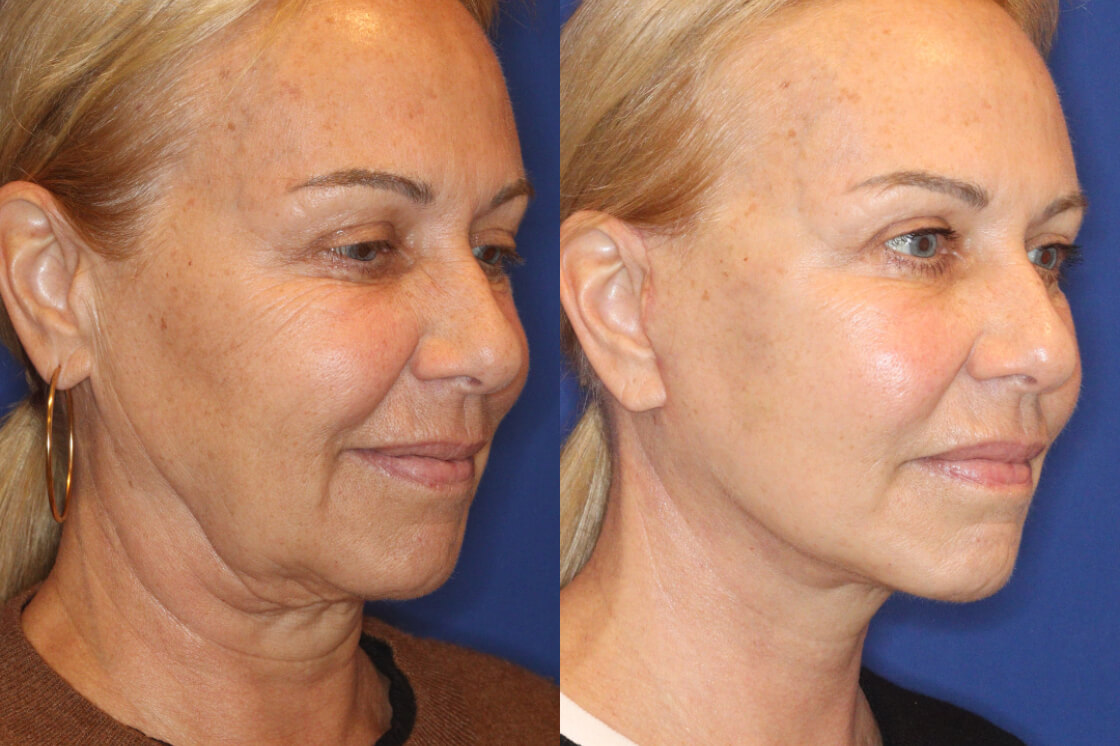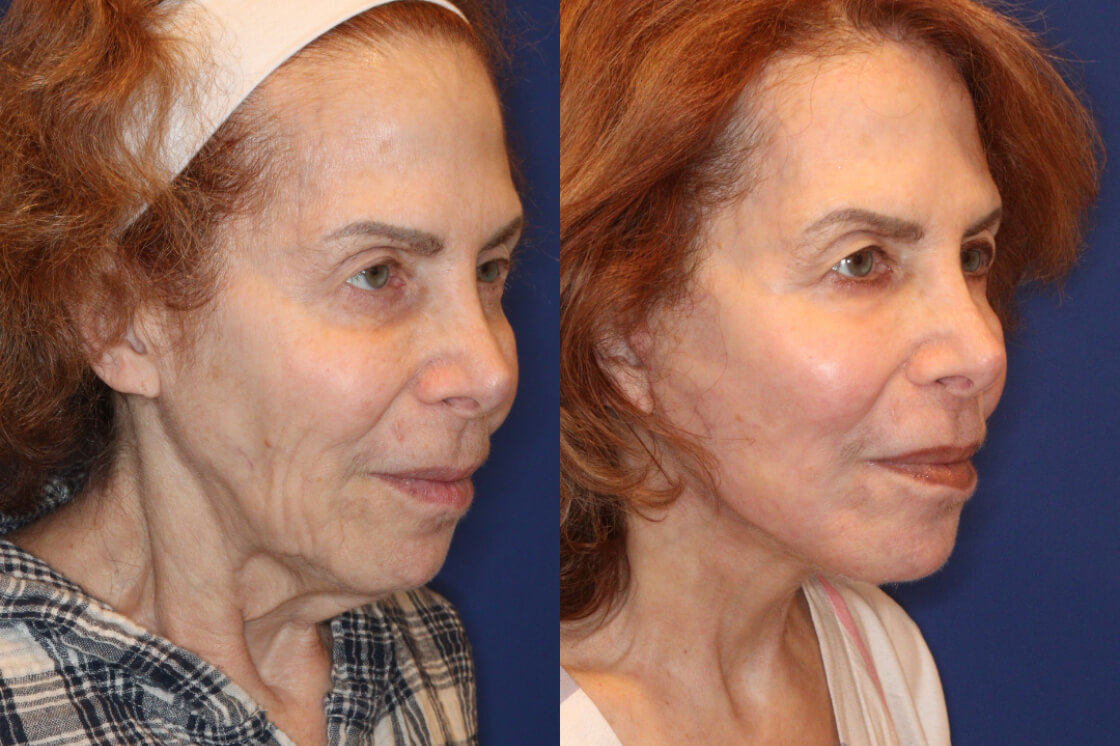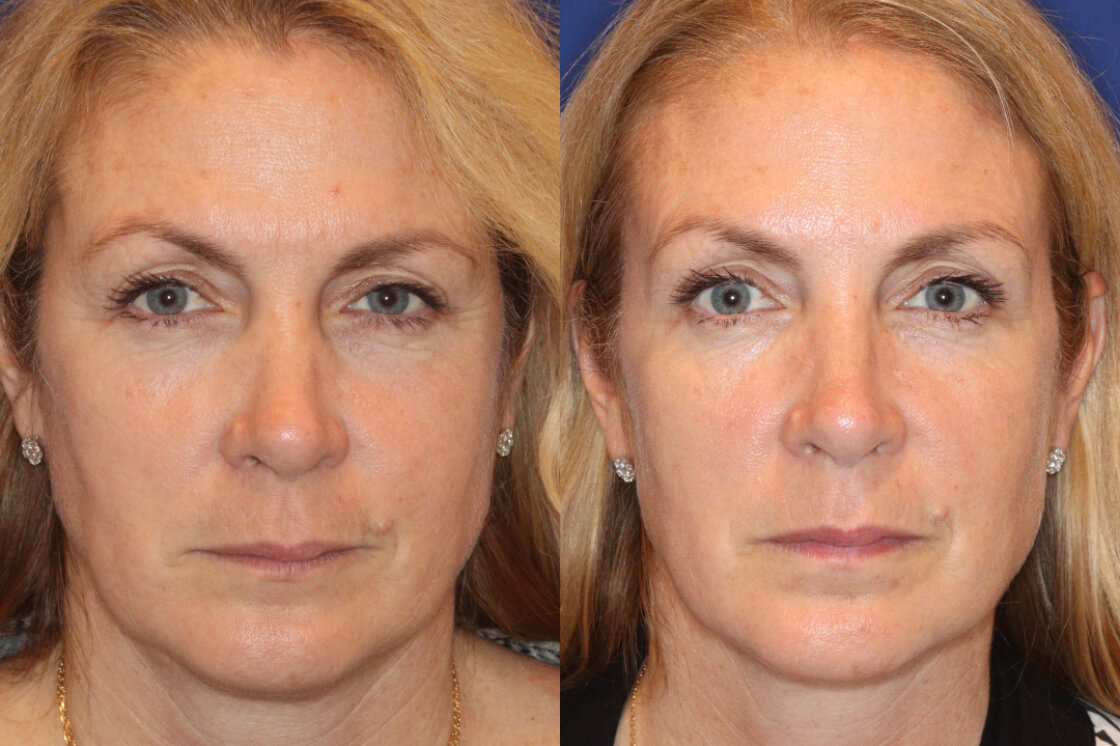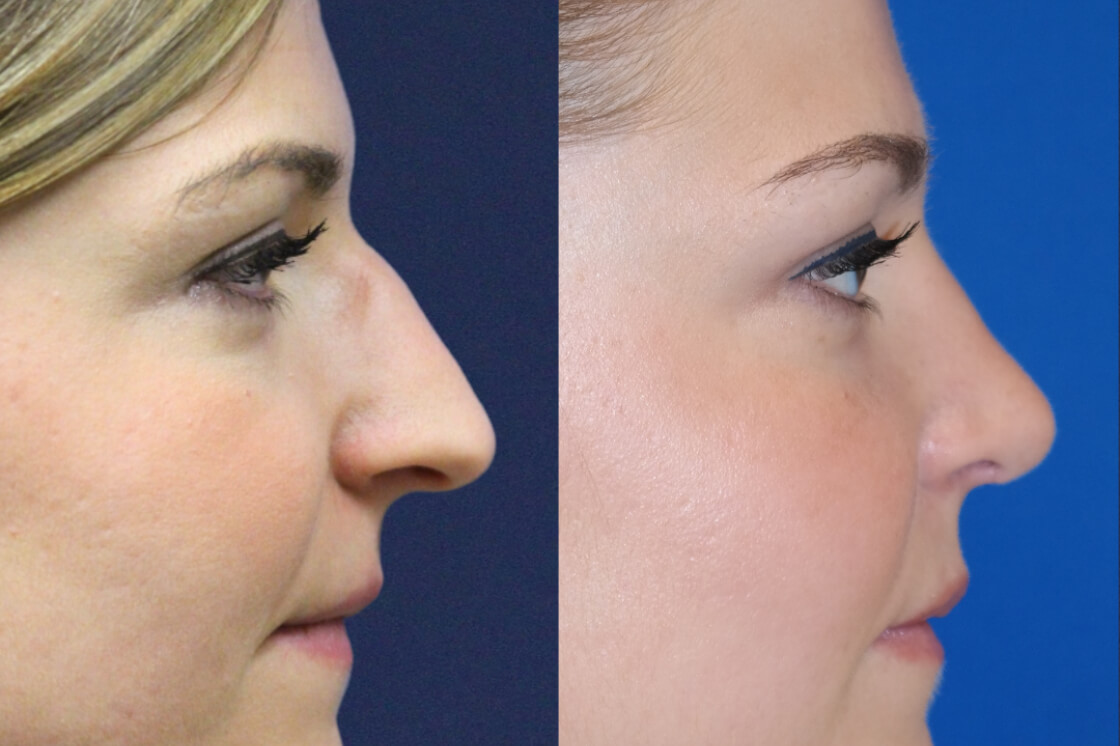The rise of GLP-1 weight loss injections like Ozempic, Mounjaro, and Wegovy has been nothing short of revolutionary. Celebrities such as Elon Musk have publicly acknowledged using these medications, fueling widespread interest in their transformative effects.
However, with significant weight loss often comes an undesirable side effect: loose, sagging skin. While not a health risk, this skin laxity can become a cosmetic concern that impacts confidence and self-image—key reasons why many individuals turn to these medications in the first place.
Did you know? The JL Total Body program is custom-designed to get you optimal results by combining weight loss solutions with advanced skin-tightening and muscle-toning treatments. It all starts with a personalized evaluation, including a comprehensive blood test and InBody scan, to tailor the program to your unique needs!
Contents
What Are GLP-1 Weight Loss Medications?
GLP-1 receptor agonists, including semaglutide and tirzepatide—the active ingredients in many GLP-1 medications—work by mimicking a natural hormone that helps regulate appetite and blood sugar levels. These medications have empowered millions to achieve their weight loss goals by promoting a prolonged feeling of fullness and reducing calorie consumption.
Why Does Rapid Weight Loss Cause Skin Laxity?
Skin has remarkable elasticity, allowing it to expand and contract with changes in body size. However, when weight loss occurs rapidly, as often seen with GLP-1 medications, the skin’s natural ability to retract can be outpaced.
This can be especially true for individuals over 40, as declining levels of collagen and elastin—proteins essential for maintaining skin firmness—can make it harder for the skin to adapt to a smaller frame. The result is loose, sagging skin, particularly in areas like the abdomen, thighs, arms, and face.
Dubbed “Ozempic face” by the media, some celebrities have reportedly faced dramatic facial volume loss after using GLP-1 medications. Public figures like Sharon Osbourne and Kris Jenner have been at the center of speculation about how they’ve addressed these effects with cosmetic procedures.
Solutions for Post-Weight Loss Skin Tightening
Modern aesthetic medicine offers an array of options to help restore firmness and elasticity. The key is in combining and administering them optimally.
Schedule a consultation to find out which skin tightening treatments are best for your goals.
1. Ultherapy Prime
This non-invasive treatment uses ultrasound technology to stimulate collagen production deep within the skin. Ultherapy is ideal for lifting and tightening the face, neck, and décolletage, making it a favorite among Hollywood stars like Jennifer Aniston who want subtle, natural-looking results.
2. RF Microneedling (e.g., Exion, Morpheus8)
A combination of traditional microneedling and radiofrequency energy, RF microneedling works wonders on loose skin by promoting collagen and elastin production. Its ability to improve texture and firmness makes it a go-to for those experiencing rapid weight loss.
3. Hyperdilute Radiesse
This innovative injectable treatment rejuvenates the skin by stimulating collagen growth. Used in areas prone to laxity, such as the arms and neck, hyperdilute Radiesse helps create a smoother, tighter appearance.
The Importance of Timing Treatments
It is recommended to wait until your weight has stabilized—typically 6 to 12 months after reaching your goal weight—before beginning skin tightening treatments. This allows your body to fully adjust to its new shape, ensuring that your skin is in its most predictable state for optimal results.
By timing treatments appropriately, you can achieve long-lasting improvements with fewer sessions. Once your body has stabilized, combining therapies such as RF microneedling to enhance texture and firmness with Ultherapy to tighten deeper layers of skin can create a comprehensive rejuvenation plan tailored to your post-weight-loss journey.
Schedule a consultation today to make your personalized plan to look and feel your best.





